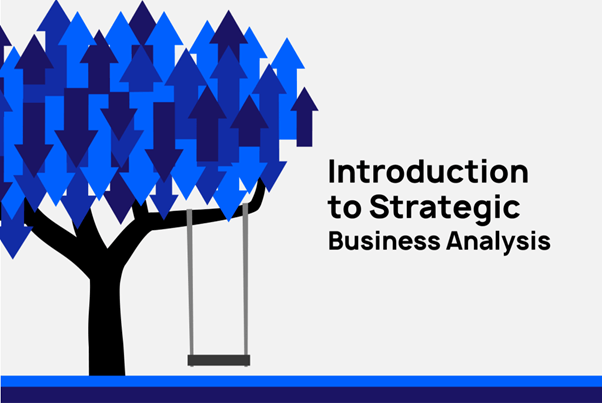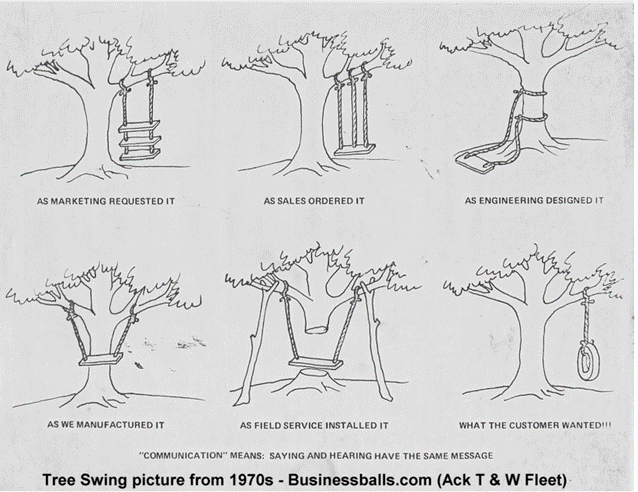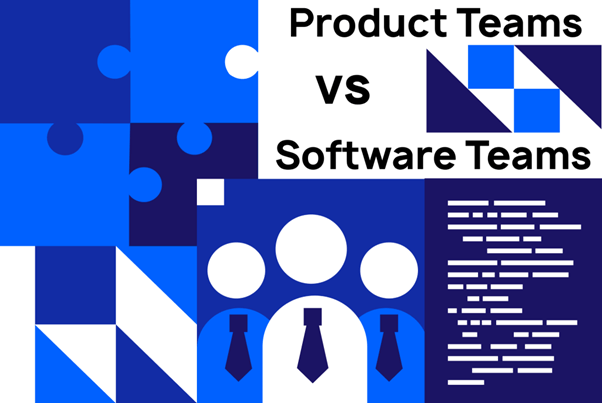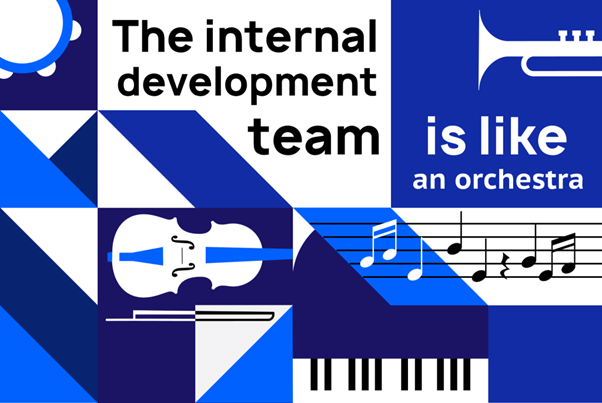Strategic Business Analysis: Definition, Overview & Examples
12.10.2021In today’s digital landscape, strategic business analysis is essential for companies looking to develop complex software solutions. As software development processes become more intricate, project managers focusing solely on operations are no longer sufficient. Instead, business analysis consulting is needed to engage with a project at a macro level and ensure that the solution being developed is the most comprehensive option. Strategic business analysts can help identify the needs of all stakeholders, design a solution that meets those needs, and ensure that the solution is efficient and effective.
By providing this strategic guidance, business analysis consulting can be an invaluable asset to any company looking to optimize their software development processes.
To find the most suitable solution to a specific problem for a project, understanding the needs of the business is critical. A strategic business analyst has the skill set to figure out what the client wants and effectively communicate these desires with their development, design, and UX teams.
In this blog, we will learn about the role of strategic business analysis in various settings and their specific traits.
What is Strategic Business Analysis?
Business analysis emerged as a profession in the 1980s and established itself in the 1990s. In 1995 a report under the name CHAOS published by the Standish Group solidified the need for strategic business analysis in software and product development projects. The report pointed out the three major reasons behind a project’s success, which were:
● User involvement
● Executive management support
● Clear statement of requirements

This is what strategic business analysis is all about. It is a set of tasks and techniques used by the strategic business analyst to serve as a liaison between the stakeholders of an organization and the development company. A strategic business analysis aims to understand a business’s policies, operations, and objectives to produce a solution that will solve a particular problem or increase the operational efficiencies within the organization.
The first stage of going into the client environment requires a strategic business analyst to ingest and formalize what there is to know about the organization. The primary aim is to understand the client side of the business, how it currently functions, and the future state of operations.
A better way to understand strategic business analysis is through the “Tree Swing Picture”.

Having been in circulation since the 1960s or 70s, this picture is an impactful way to understand how miscommunication leads to frustrating projects and wasted time. A strategic business analyst bridges the gap between various departments of project development and client needs. They constantly examine and analyze the work in progress through the client’s lens and fine-tune it according to what works best.
Strategic business analysis requires the ability to translate a client’s requirements into actionable touchpoints. Clear visualization of the problem at hand and what needs to be accomplished are all a part of strategic business analysis. Through in-depth investigation, a BA comes up with ‘business requirements’ that don’t directly describe a piece of software but motivate what the team ends up building.
How Can Strategic Business Analysts Help Product Owners?
A product owner (PO) and strategic business analyst (BA) work hand-in-hand for the success of a project. A BA will do everything needed to facilitate and verify that the solution being produced or pitched by the PO meets the objective and is the best option. BAs ensure that the POs are empowered with strategic business analysis to set forth what the project is trying to achieve.
There are a lot of different ways to achieve a certain goal. But different client requirements operate under different constraints of time and budget. Under such limitations, there are various ways to implement a solution.
To determine all the specific constraints and options a client has, a BA holds ‘requirement solicitation sessions.” After doing the initial deep dive, getting the lay of the land, and figuring out the business landscape of the client’s organization, BAs get tasked with holding or conducting a series of interviews to understand what is referred to as the ‘current state’. These interviews help the BA figure out the current business flows being used to meet objectives in the organization. Once the interviews are over, BAs start formulating a series of questions about various business workflows, examining the efficiency and any elements of operations that may be lacking.
The process clarifies the need for various points of contact in the business to collaborate with members of other departments for smoother product development. Later, the sessions are broken down into more intricate conversations, where deeper details regarding how certain things work are figured out.
BAs then collectively piece together all the various elements about the organization and its workflows to determine what efficiencies are to be gained through the implementation of their solution.
How Can Business Analysts Help Principal Consultants?
According to Bart Michalek, head of DOOR3’s strategic business analysis practice: “The interaction with the BA and PC ( Principal Consultant) is to figure out why a particular client came to us and what it is that they are trying to achieve, so why are we here in the first place? What is it they are trying to buy or build?”
The relation between a BA and PC depends on the level or stage of a sales cycle. If the BA is brought in the middle, the PC will need to share notes and materials gathered throughout the sales and engagement process. The BA will review everything collected and familiarize themselves with the concepts. If the BA has been present in the sales process since the start, there is no need for handoffs.
BA’s Role in Product Teams Vs Software Teams

Though the essence of strategic business analysis remains the same for product and software teams, the execution differs. The primary difference is constraints, which vary largely for both sectors.
When a BA is working in the context of a set product, they are working within the constraints of how it has historically been built up to this point. Based on how it’s been built up, one can use and manipulate a limited series of building blocks to make improvements.
In contrast, for custom software, in many cases, BAs are working from a completely blank page. There are times when legacy systems need to be replaced, with certain fragments of the outdated system left over. Such fragments can be leveraged and used to save time and resources. With software-based projects BAs can be a lot more creative, but with that creative freedom comes downsides. Because you can do anything, there is still going to be the best way of doing it, and because a BA is unconstrained, there’s a lot more investigation and thought that needs to go into determining the best course of achieving something. It becomes a lot more challenging to figure out what should be done to provide the best solution to the client.
The Bookshelf Analogy
Say you would like to put some bookshelves in your living room. You have space behind a couch, so you hire a BA at a product company to solve this problem. They determine all the constraints and requirements and develop an array of existing products that fit as a solution.
This way of troubleshooting is very different from building the bookshelves from scratch. If you decide to build from scratch, you would need to consider an entire universe of materials and workflows that go into making bookshelves, which is what a BA from a software company might do. In this situation, it is relatively easier to just choose a bookshelf from the list of shortlisted ones rather than build one from scratch.
One Irreplaceable Trait of a Strategic Business Analyst
A sense of inherent curiosity.
“For custom software shops like DOOR3, it is more about looking for team members who are inherently ready to learn new domains, subjects, and ways of doing business, even if they stay in the same domain. So I think it takes a certain kind of alacrity of mind to jump around from frame to frame.”
Strategic business analysis requires one to be very quick to ask the right questions. A BA should be able to socialize with teammates and stakeholders with ease, challenging them to dig deeper and provide more insight. Their way of conducting research must be refined and specific, otherwise their solutions will be generic and not worth the time and investment of implementation.
Strategic Business Analysis At Different Sales Stages
Once the initial discovery for a project is completed, BAs turn to synthesis.
The data gathered and collected gets incorporated. An action plan of what needs to be done from there is built by BAs after careful consideration. The overall objectives are broken down into more digestible chunks in the form of roadmaps, ethics and user stories. BAs define what needs to be built and disseminate that into action buckets. One thing to note is that a BA always plans the order in which things should get built, so any dependencies are preserved, and everything gets built on time.
All this might sound like a straightforward process, but that isn’t the case. BAs must deal with a bigger challenge, aligning internal teams toward the same client’s objective.
Strategic business analysts solve collaborative issues by understanding the current state of a project and what needs to be done to move forward. This strategic business analysis flows into the discussion of “how to achieve this goal”, which is split into dev, design, and UX actionable items. It’s all about communicating with the team what needs to be done for the client. What are the objectives of the users, personas, and various actors? How to lay it out in a way that best serves the software and the user?
Verifying that proper communications are being made needs to be on the BA’s to-do list. Setting up flexible and collaborative borders between teams so they can easily reach out to each other is an essential part of their strategy.
In a project, there are a series of perspectives. The points of view for business, technical, and UX teams on how to build something optimally can be different, and all three teams together may see things differently for the same project.
There are elements that the development team may specifically push back on, mostly because of technical considerations and the context of the overall architecture of the application, that might make something impossible or particularly difficult to implement.
What the BA needs to do in such situations is to step in within boundaries and mediate between the two parties. They should ensure all operations are optimal, meaning every team is delivering to their highest potential, given the time and budget constraints of a project.
Another responsibility of BAs is always to keep confusion between business requirements and features of the product or software being developed at bay. Project management is also there to maintain timelines and budgets, and BAs collaborate with them. BAs balance this triumvirate of technical, IT and operational aspects. At the same time, project managers oversee from a more operational perspective.
Stategic Business Analysis Directing an Orchestra of Internal Teams

The internal development team is like an orchestra. The designers and developers are the groups of musicians, the PO eliciting the requirements is the commissioner, and a BA’s job is to act as the conductor. These teams must work in concert together to produce a symphony that meets and matches what has been commissioned by the PO, and through careful collaboration and attention to detail, a BA with his strategic business analysis can direct these teams to work in harmony.
At DOOR3, we utilize BA’s to ensure that all our clients receive in-depth consideration and transparent communication. To learn more about our BA’s, set up a call with one of our consultants on how we can build the next solution for your growing business.



